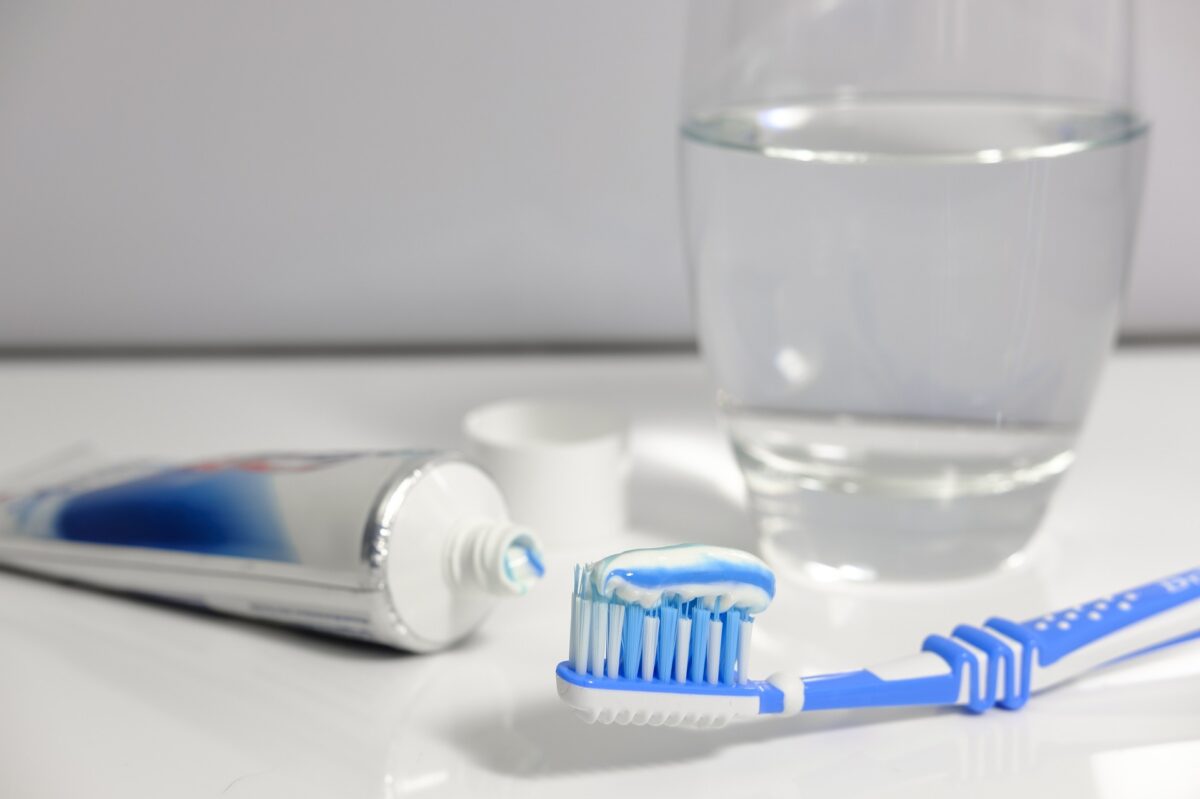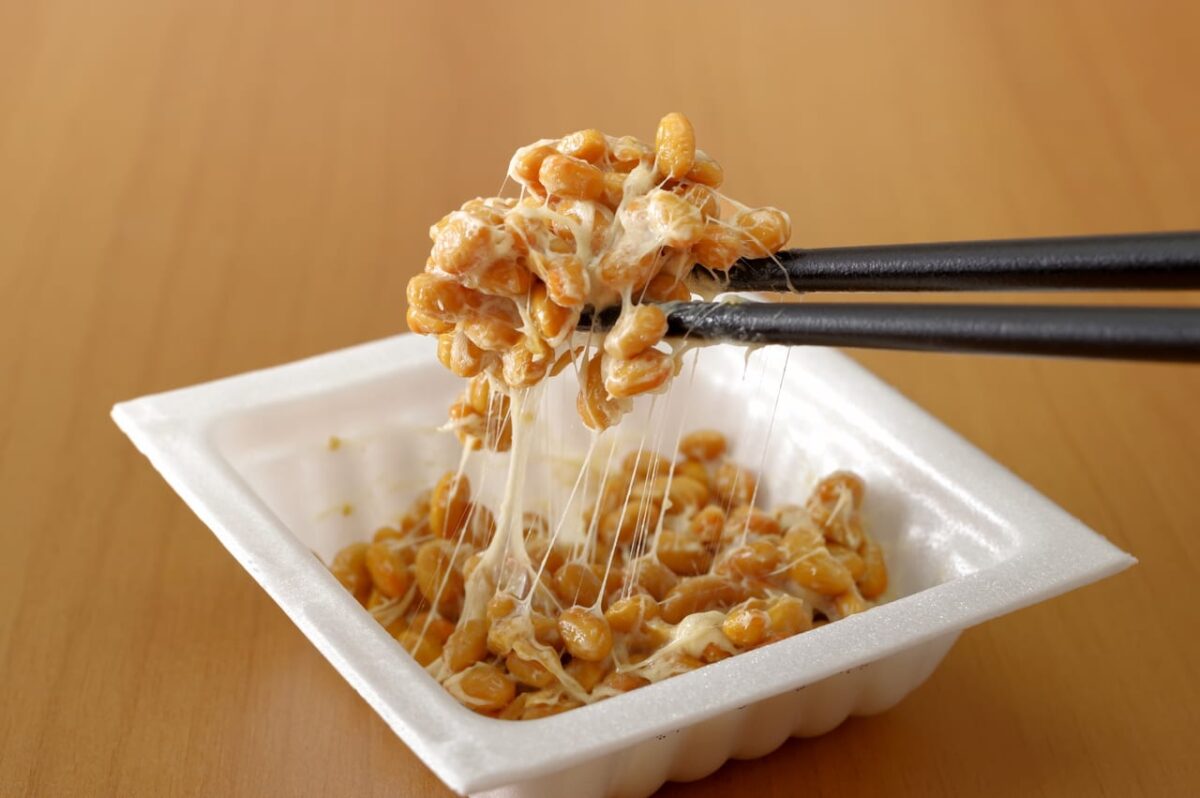As parents, we all want the best for our children, and that includes making sure they’re getting the nutrition they need to grow up healthy and strong. Proper nutrition is crucial to a child’s physical and cognitive development, and it can be challenging to navigate the world of childhood nutrition. But don’t worry; I’ve got you covered. In this brief guide, I will discuss the essential nutritional requirements for kids.
1. Carbohydrates
One of the most critical components of a child’s diet is carbohydrates. They give kids energy, so it’s essential to choose the right carbs – complex carbohydrates are the way to go. These are found in whole grains, fruits, and vegetables, and they provide kids with long-lasting energy throughout the day. Avoid processed or refined carbohydrates, like white bread or sugary cereals, as these can cause an energy crash later in the day.
The amount of carbohydrates that kids need for optimal health depends on their age, gender, and physical activity level. However, as a general guideline, the American Academy of Pediatrics recommends that children between the ages of 4 and 18 should get 45-65% of their daily calories from carbohydrates. For most children, this translates to about 130-200 grams of carbohydrates per day. Once again it is important to note that not all carbohydrates are created equal, and kids should focus on getting carbohydrates from nutritious sources such as: fruits, vegetables, whole grains, and legumes rather than from processed or sugary foods.
2. Protein
Growing children need plenty of protein, as it is essential for building and repairing tissues. Protein can be found in a variety of foods, such as meats, beans, eggs, and dairy products. You should aim to include a source of protein in each meal, but be mindful of focusing on lean sources, like skinless chicken, fish, legumes and soy to keep saturated fats to a minimum.
The amount of protein that kids need for optimal health varies depending on their age, gender, and physical activity level. However, as a general guideline, the American Academy of Pediatrics recommends that children between the ages of 4 and 13 should get about 0.95 grams of protein per kilogram of body weight per day, while children between the ages of 14 and 18 should get about 0.85 grams of protein per kilogram of body weight per day.
Good sources of protein for kids include lean meats, poultry, fish, eggs, dairy products, beans, legumes, and soy products. It’s important to encourage kids to eat a variety of protein-rich foods to ensure that they are getting all of the essential amino acids that their bodies need for growth and development. In general, it’s best to focus on getting protein from whole foods rather than from powders or supplements.
3. Fats
It’s important to include some healthy fats in a child’s diet, as they provide essential fatty acids that the body needs for growth and development. Some good sources of healthy fats include nuts, seeds, oily fish, and avocados. However, it’s essential to limit saturated fats, found in things like cheese and fried foods, as they can increase the risk of heart disease later in life.
The amount of fat that kids need for optimal health also depends on their age, gender, and physical activity level. However, as a general guideline, the American Academy of Pediatrics recommends that children between the ages of 1 and 3 years old should get about 30-40% of their daily calories from fat. Children between the ages of 4 and 18 years old should get about 25-35% of their daily calories from fat.
It’s important to note that not all fats are created equal, and kids should focus on getting their fats from healthy sources such as: nuts, seeds, olive oil, avocado, fatty fish, and dairy products like milk, cheese, and yogurt. These foods are rich in essential fatty acids, vitamins, and minerals that are important for growth and development. Trans fats and saturated fats, which are found in fried foods, bakery products, and high-fat meats, should be limited as much as possible as they increase the risk of heart disease and other chronic health conditions.
It’s important to also remember that fat provides more calories per gram than carbohydrates or protein, so portion control is key. Encouraging kids to eat a balanced and varied diet that incorporates healthy sources of fat is important for their overall health and well-being.
4. Vitamins and Minerals
Kids need plenty of vitamins and minerals to stay healthy and strong, and a varied diet should provide them with most of what they need. Encourage your child to eat a wide variety of fruits and vegetables, as these are excellent sources of essential vitamins and minerals. It’s also a good idea to include a daily multivitamin specifically formulated for children, which can help fill in any nutritional gaps in their diet.
Common vitamin and mineral deficiencies in kids:
-
Vitamin D: Vitamin D is essential for strong bones and teeth, as well as for overall health. Kids who get limited exposure to sunlight or who have a diet low in vitamin D-rich foods such as fatty fish, egg yolks, and fortified milk may be at risk for vitamin D deficiency.
-
Iron: Iron is critical for the production of red blood cells, which carry oxygen throughout the body. Kids who don’t get enough iron in their diet may be at risk for anemia, which can cause fatigue, weakness, and other health problems. Good sources of iron include lean meats, beans, whole grains, and fortified breakfast cereals.
-
Calcium: Calcium is essential for building strong bones and teeth as well as for muscle function and nerve transmission. Kids who don’t get enough calcium may be at risk for weakened bones and teeth. Good sources of calcium include dairy products, leafy green vegetables, and fortified products such as orange juice and tofu.
-
Vitamin C: Vitamin C is important for maintaining a healthy immune system and for the absorption of iron from plant-based foods. Kids who don’t get enough vitamin C in their diet may be at risk for a weakened immune system and a higher risk of infections. Good sources of vitamin C include citrus fruits, berries, kiwi, and vegetables such as peppers and broccoli.
-
Vitamin A: Vitamin A is critical for healthy vision, skin, and immune function. Kids who don’t get enough vitamin A in their diet may be at risk for vision problems, skin issues, and an increased susceptibility to infections. Good sources of vitamin A include carrots, sweet potatoes, dark leafy greens, and fortified foods such as milk and cereal.
-
Magnesium: Another common nutrient deficiency in kids is magnesium. Magnesium is involved in more than 300 enzymatic reactions in the body and is essential for healthy bone development, muscle function, and heart health. Good sources of magnesium include whole grains, nuts, seeds, legumes, leafy green vegetables, and fortified foods such as breakfast cereal. Kids who don’t get enough magnesium in their diet may be at risk for weaker bones, cardiovascular issues, and muscle weakness or cramping. While magnesium deficiencies are rare, kids who follow restrictive diets (such as vegan or low-carb diets) or who have certain health conditions (such as type 2 diabetes or gastrointestinal disorders) may be at an increased risk.
5. Hydration
Finally, it’s crucial to ensure that kids are drinking enough water. Children are more likely to become dehydrated than adults because they have a higher surface area to volume ratio, which means they lose more fluids through their skin. Encourage your child to drink water instead of sugary drinks, and make sure they’re getting enough fluids throughout the day, especially during physical activity.
The amount of water that kids need for optimal health depends on their age, sex, size, and activity level.
Recommendations:
-
Infants aged 0-6 months need about 1 liter of water per day, which is primarily obtained through breast milk or formula.
-
Infants aged 6-12 months need about 1.5 liters of water per day, which is primarily obtained through breast milk or formula and may be supplemented with small amounts of water.
-
Children aged 1-3 years need about 1.3 liters of water per day, which can come from water, milk, and other fluids as well as from the water content of foods.
-
Children aged 4-8 years need about 1.7 liters of water per day, which can come from water, milk, and other fluids as well as from the water content of foods.
-
Children aged 9-13 years need about 2.4 liters of water per day for boys and 2.1 liters of water per day for girls, which can come from water, milk, and other fluids as well as from the water content of foods.
-
Adolescents aged 14-18 years need about 3.3 liters of water per day for boys and 2.3 liters of water per day for girls, which can come from water, milk, and other fluids as well as from the water content of foods.












